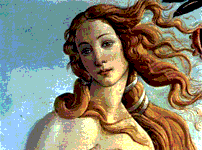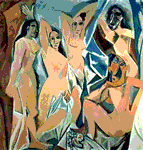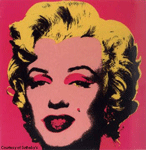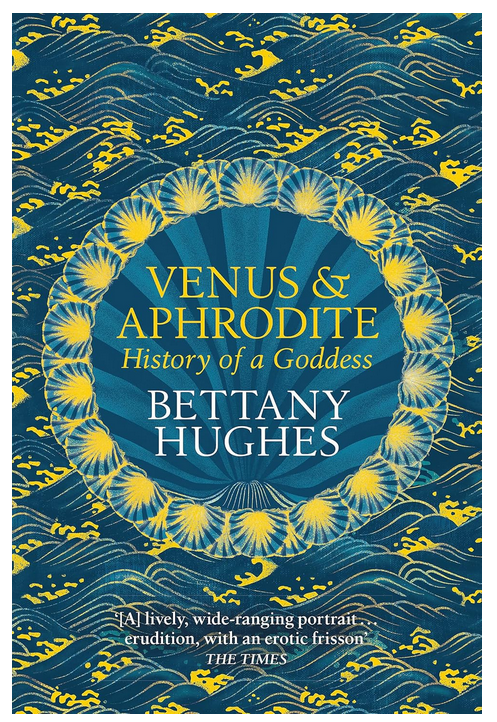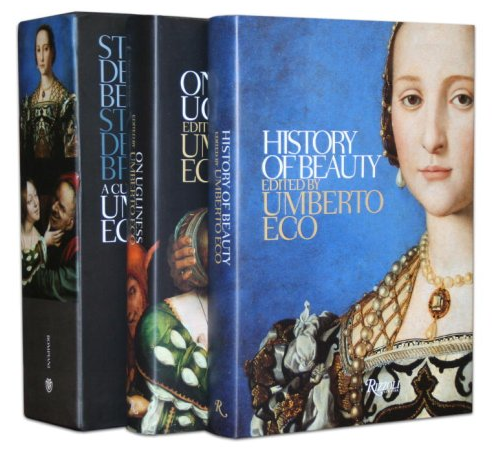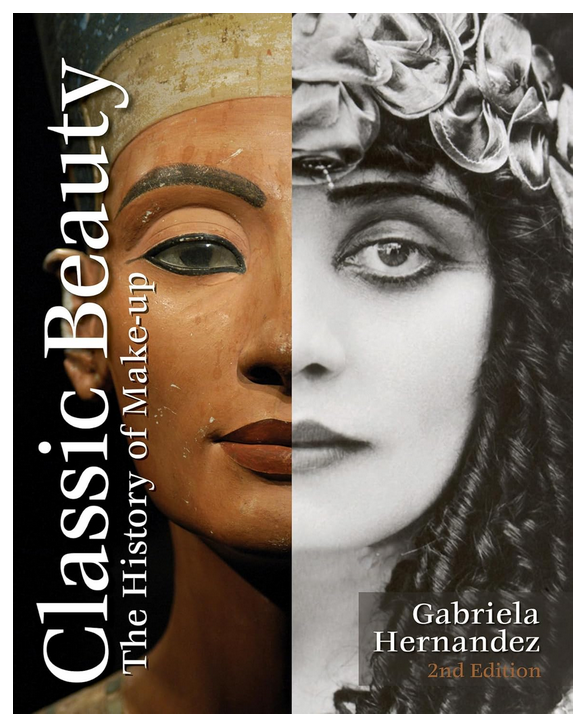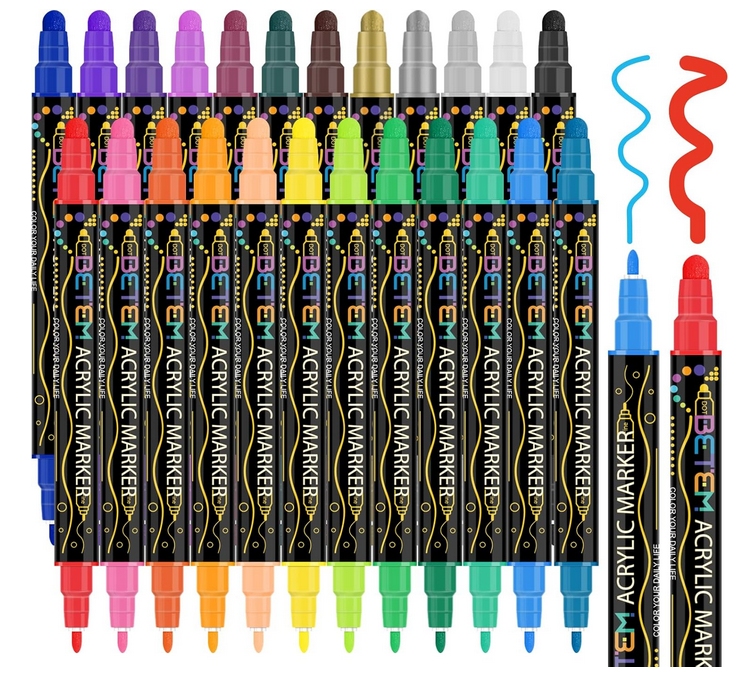- Home
- Art History
- Five Venus figures
Venus in history
What periods of art are the origins of these five "Venus" images?
- Which of these images is the Venus de Milo?
- Which of these images is the Venus of Willendorf?
- Which of these images is a painting by Andy Warhol?
- Which of these images is from the painting by Botticelli, "The Birth of Venus?"
- Which of these images is by Picasso, called "les Demoiselles d'Avignon"?
In nineteenth-centruy art, nudes were perfectly respectable as long as the subject was depicted as a classical nymph or a goddess-like figure.
Are the Venus figures a representation of an ideal? ... of a reality? ... of mythical ancestors?
The nude figure is a trope in canonical high art and was considered the highest example of artistic achievement.
Depicting Venus without clothes was acceptable because she was portrayed as an allegorical or mythical figure. Classical nudes were common in the Italian Renaissance and the art public of the nineteenth century would have been familiar with this tradition. Realist painters, however, depicted a different, non-idealized style of female nude.
|
Manet received extremely harsh criticism when Olympia was exhibited in 1865 and Gustave Courbet's erotic scenes (breaking with artistic and social convention) were banned from exhibition for much of the nineteenth century for their highly sexualized content. |
The painting of the nude Olympia is composed in similarity to the Venus of Urbino by Titian. Titian's figure's pose is in turn based on the Sleeping Venus attributed to Giorgione. Such paintings relied on the history of allegorical female nudes as a doorway to establishing the reclining female as an erotic image that became a feature of painting in Venice, Italy. |
|
... more questions:
|
See also ... |
More Venus figures ...
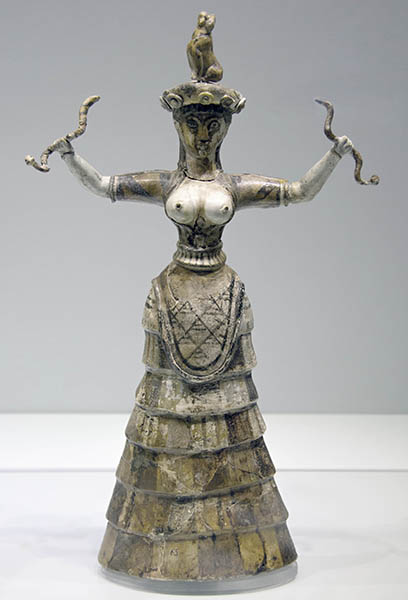
This "snake goddess" figurine stands at about 12" high. This example from the island of Crete is dressed in the traditional costume of Cretan women. Whether this figure represents the mother goddess is unclear. This snake-bearing woman was found at the Minoan palace at Knossos early in the twentieth century. The figure is said to come from around 1600 BC.
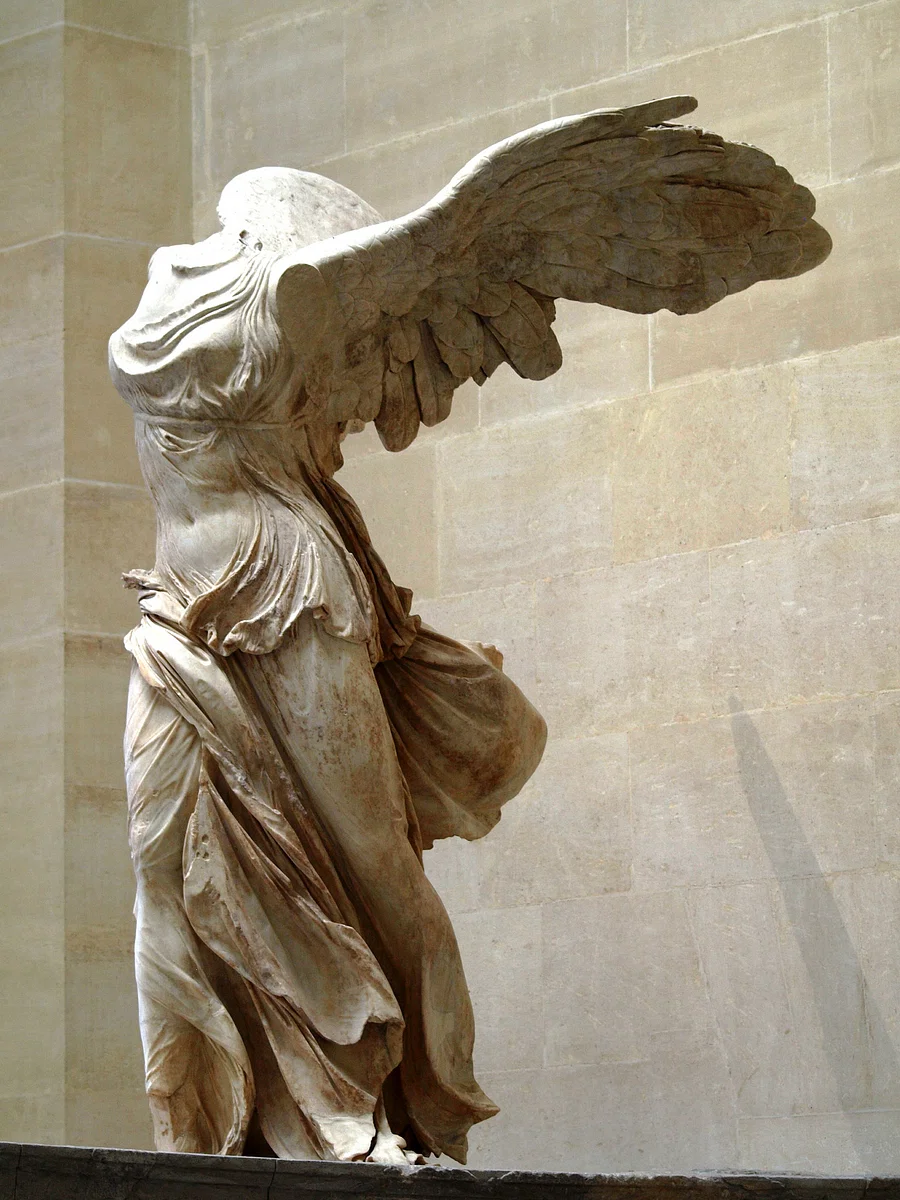
The Winged Victory or Nike of Samothrace is prominently displayed in one of the main halls of the Louvre Museum in Paris, France. This marble sculpture, a winged woman alights the prow of a warship. This goddess figure was a monument on the Greek isle of Samothrace, dating from about 190 BC.
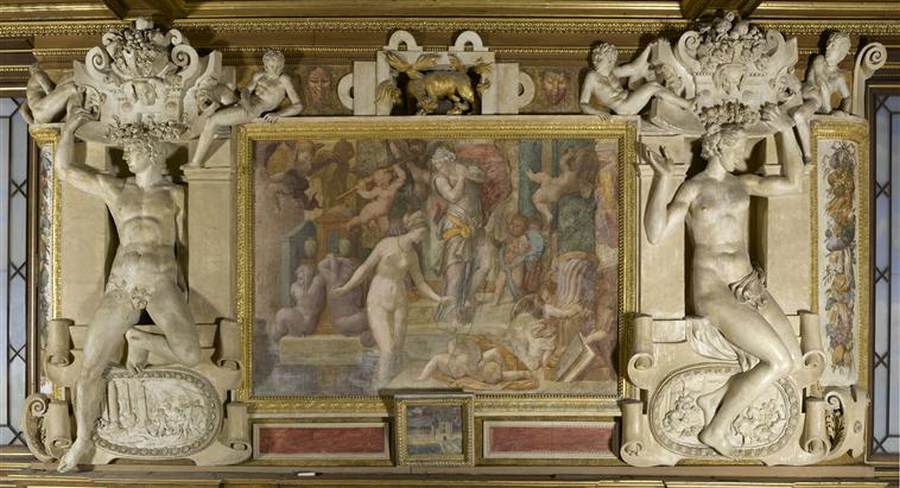
In 1530, the French king, Francis I, summoned the Italian Rosso Fiorentino to help decorate in the Fontainbleau palace - the work is called Venus Scolding Cupid. This painting on stucco depicts a female nude as its central figure. Depiction of a nude Venus, a goddess, was an acceptable metaphorical image, distinct from what later became objectionable, as the paintings became more realistic. The painting is framed by nude sculptures.
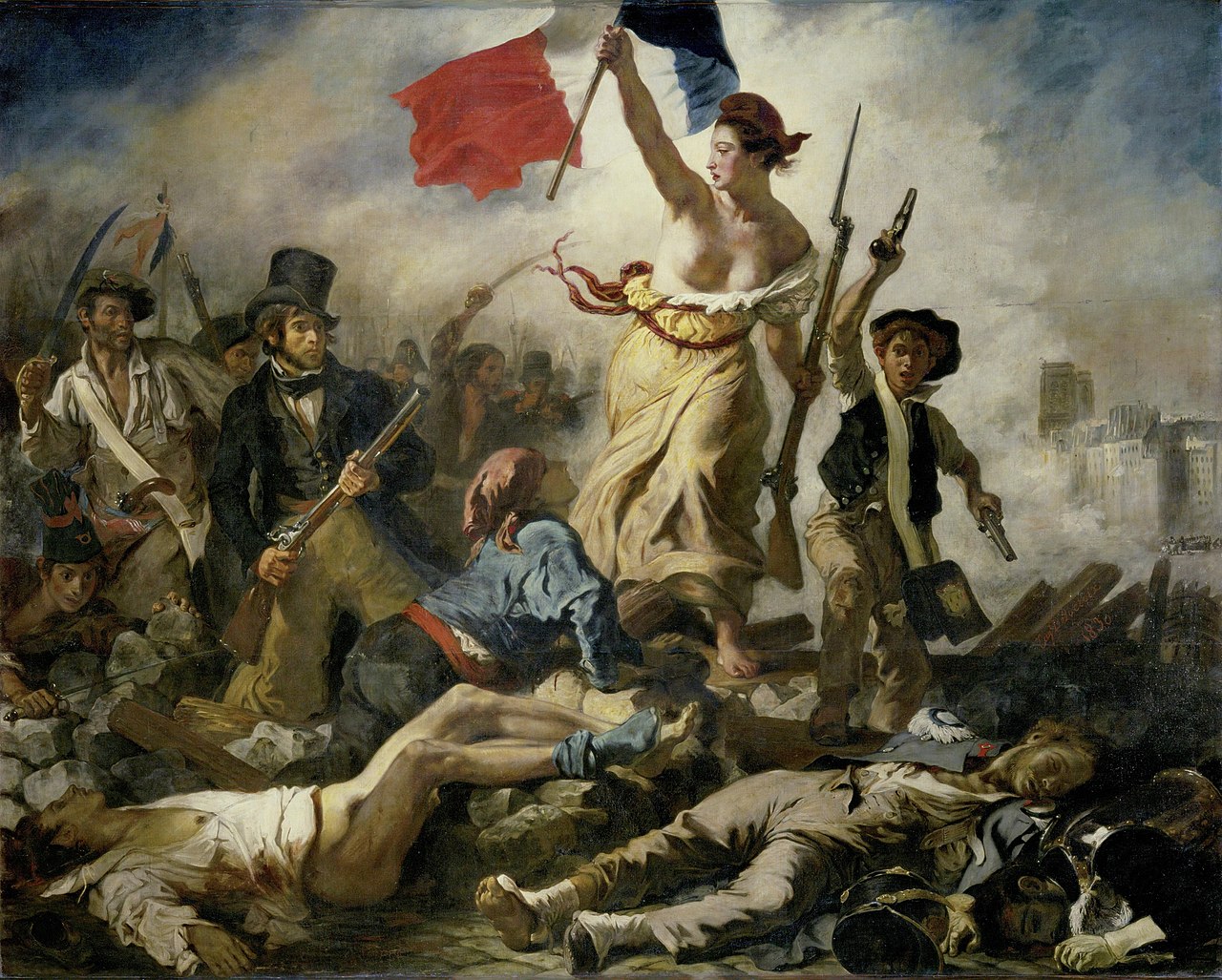
Victory Leading the People (1831) by Eugene Delacroix shows the allegorical goddess figure who simultaneously depicted the robustness of the popular revolution.
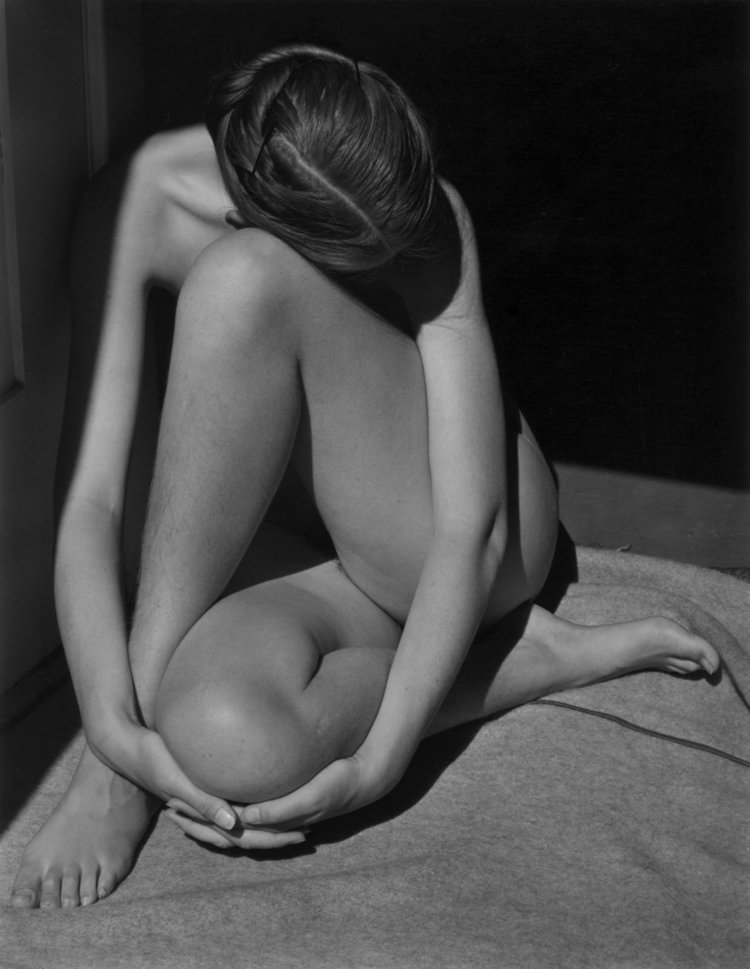
Female beauty continued to be a focus of art - in photography - in this twentieth century example of a "Venus figure" by Edward Weston. Weston was part of the f/64 group who, like the impressionists, gathered to discuss art and influence their contemporaries. Weston's dedication helped photography to become a revered art form, equivalent to painting. Weston saw the beauty of the female form at the same time as the composition of abstract forms, of line and shadow.
Feminine Beauty
For thousands of years, humans have been making images of women to express an
appreciation of female beauty through art. Since the first examples, the development
of female representation has evolved considerably through different
ages and cultures. Artworks depicting women show society’s ideals throughout history, as well as cultural expectations and beliefs about women.
The fact that most artworks are attributed to men complicates the position of a work in society and its reception by both genders. From
ancient Egyptian Nefertiti to the Renaissance Mona Lisa, physical ideals of femininity have changed and what they reflect about women's standing in society evolved as well.
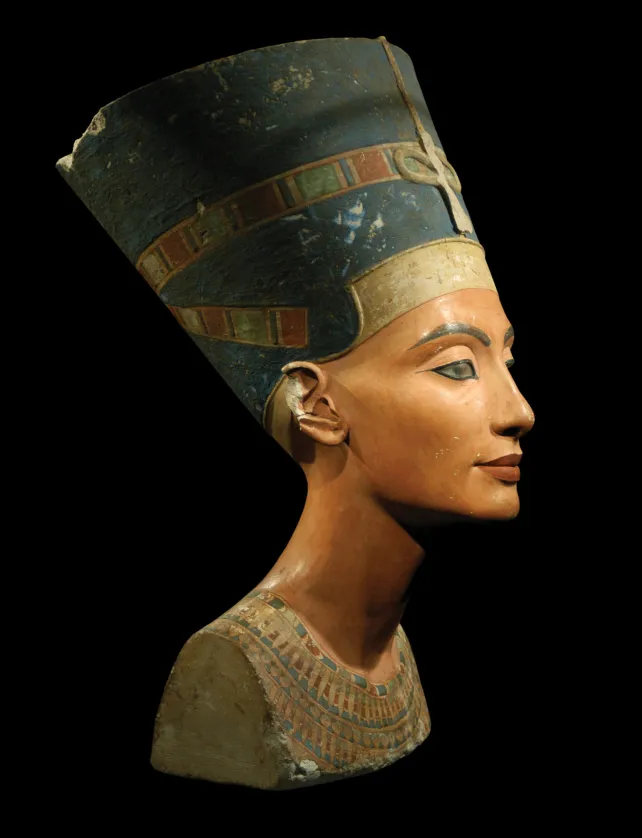
The famous sandstone bust of Nefertiti has gone down in history as a
huge marker of female beauty ideals with her elegantly arched brows,
long neck, perfectly proportioned face, and almond -shaped eyes. Nefertiti's embodiment of
Ancient Egyptian beauty ideals is more closely attuned with modern
Western beauty standards, with a rejection of large busts, stomachs, and
hips (unlike the Venus of Willendorf) in favor of a slender, athletic figure. Modern makeup ideas partially stem from this member of Egyptian royalty. Remarkably, she is depicted without hair, yet she has full makeup, showing high-arched brows, large eyes, and full lips.
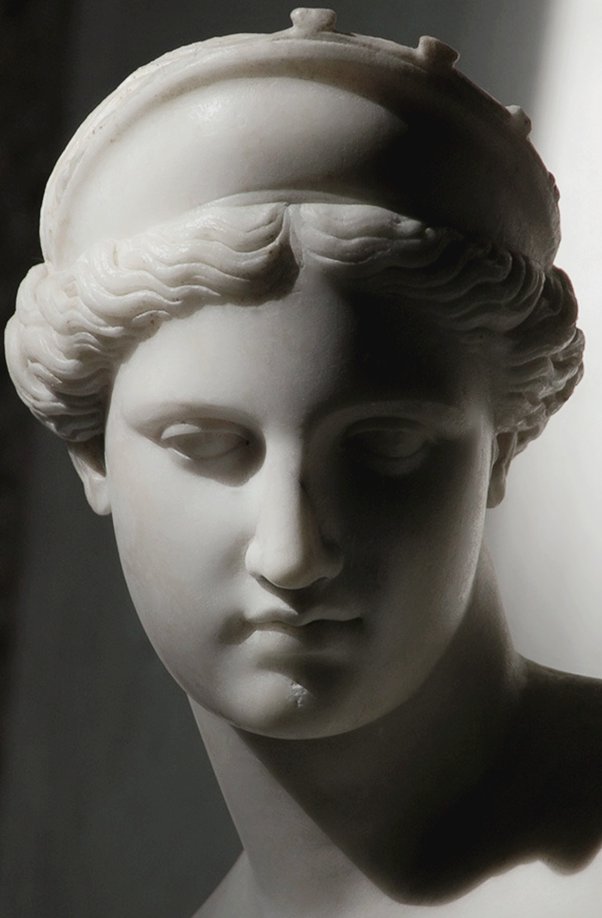
Aphrodite is the ancient Greek goddess of sexual love and beauty, identified with Venus by the Romans.
She is the subject of much Greek and Roman art. Her reputed beauty was the source of her power over others, according to mythology. Conversely, men are attributed to be her painters and sculptors. Artists can be seduced by an ideal and become transfixed by a desire to "attain it" or "capture it." In mythology, her beauty was a liability to her husband Zeus. Aphrodite was regularly chastised and punished by her husband Zeus for her seductive charms.
|
Aphrodite in mythology is the ancient Greek goddess associated with...
|
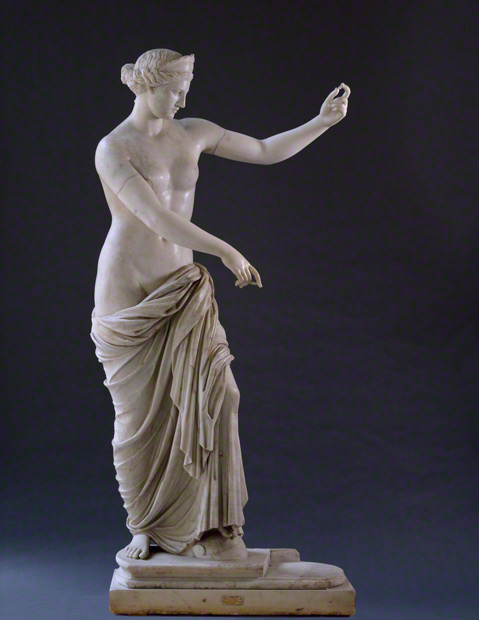 |
The Roman counterpart, Venus, is mythologically associated with ...
|
Both the Greek goddess and the Roman goddess are commonly perceived by male artists as having an
all-encompassing, hypnotic, and dangerous beauty that is meant to be
admired and venerated; yet men also feel fear and ultimately seek control.
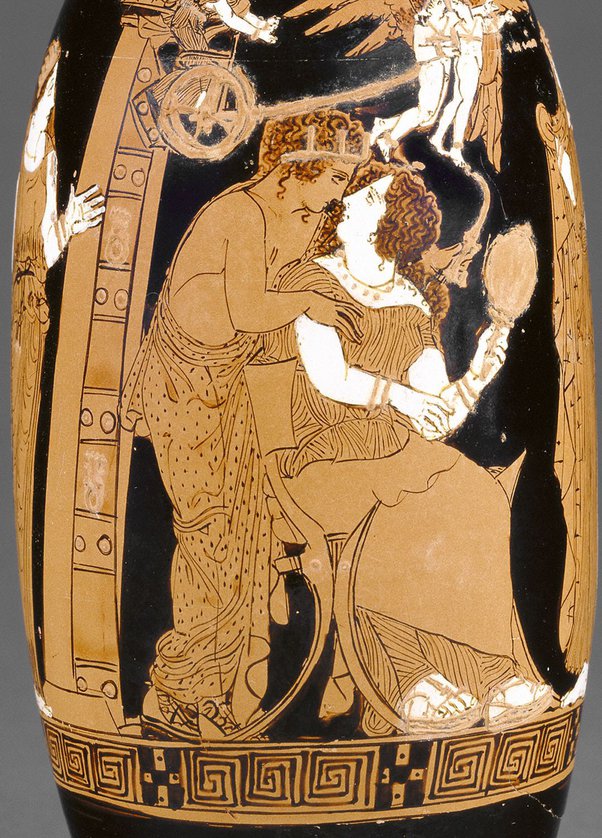
Helen of Troy was considered the most beautiful woman in the world. The
alleged persona of Helen, like the Venus de Milo, was glorified for her
beauty but her inability to control her life and fate saw her become a victim of another’s agenda. She wasn’t an equal in the eyes of men,
nor did she have any autonomy over her decisions. Her beauty was
a source of envy for men who met her. She was said to have a face to launch a thousand ships; hence, the Trojan War.
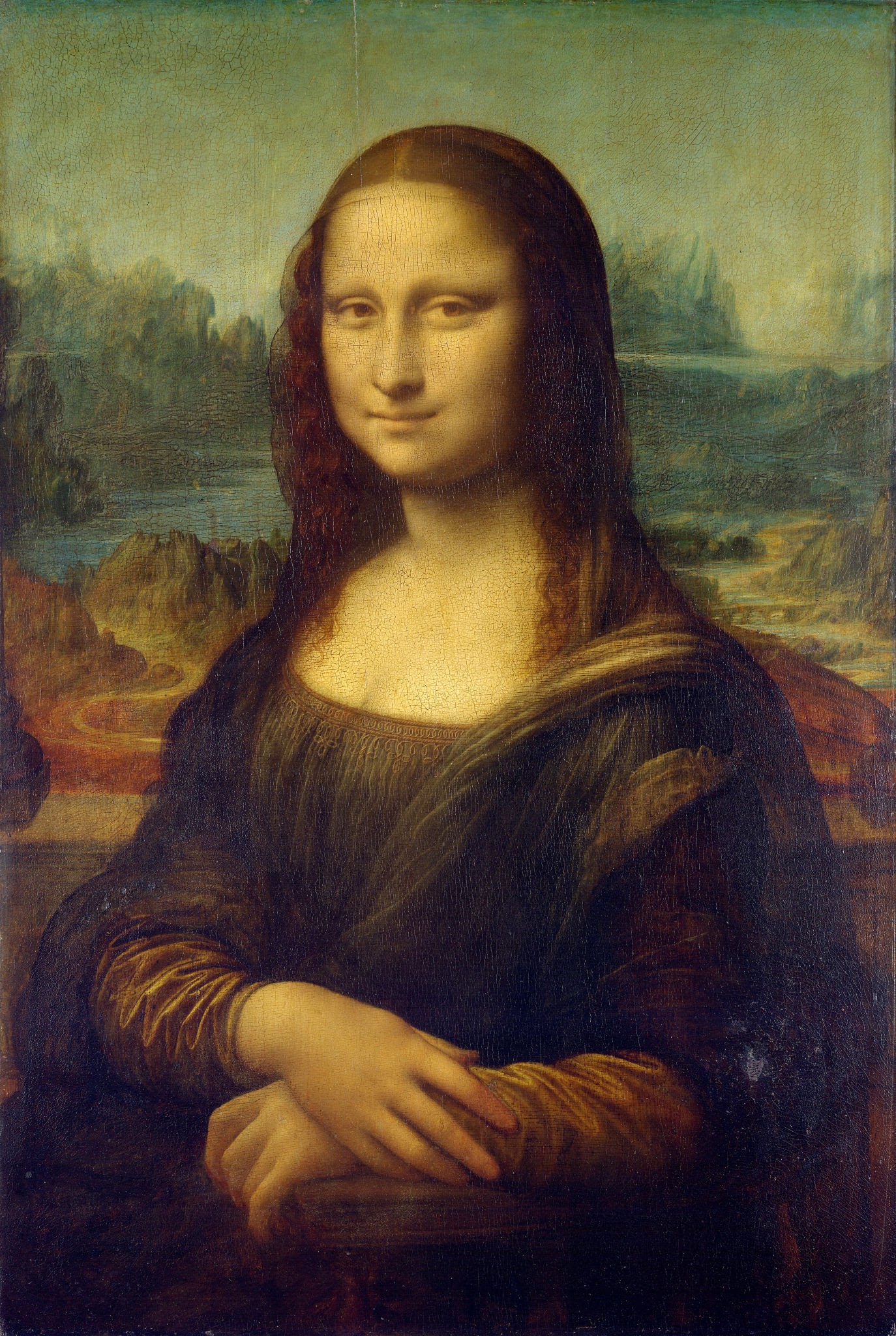
Mona Lisa - She is neither excessively feminine nor devoid of desire and attraction in her plain, watchful expression, yet she is arguably the most famous woman in the history of art.
Da Vinci showed his incredible talent to render her body, face, and features
so sublimely. In her very understated poise she is most powerful. While
the beauty standards presented in the painting reflect the
standards of her time, modern beauty standards might say she is plain, too reserved. Her round faced and slightly plump - quite healthy. An apparent innocence guards a defiant note and a knowing smile.
20th Century Female
Then, advancing into the 20th century - female emancipation progressed and a larger number of artworks centered on women who were not just objects of the male gaze or symbolic representations. Furthermore, more women artists emerged. They demanded respect and attention from a global audience in a way that was unheard of before.
|
Tamara De Lempicka’s iconic painting shows the shifting beauty standards. The painting was commissioned by a magazine called Die Dame as a cover piece for their issue that would celebrate female emancipation. Not only is the subject of the painting the artist herself—a very self-confident and bold statement that was uncommon in public art—but she is also seen driving a luxurious car. "Tamamara Łempicka, better known as Tamara Lempicka, was born in Poland in 1898 to a prominent Polish-Jewish lawyer and a Polish socialite. In 1911, she was placed in a boarding school in Switzerland but soon became bored with it and feigned illness in order to leave. As a result, her grandmother decided to take her on a tour of Italy which sparked her love for art." |
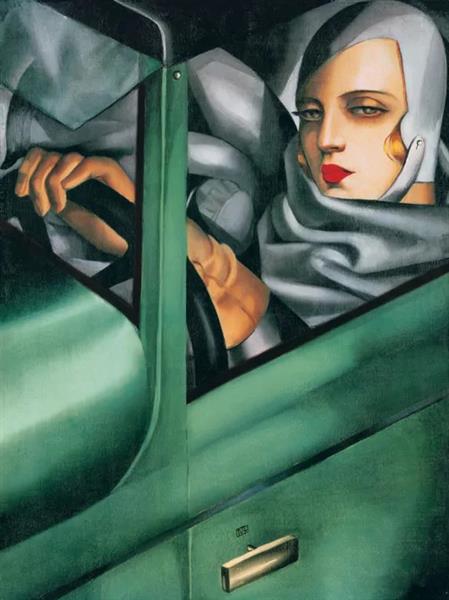 Self-Portrait in a Bugatti ~ by Tamara de Lempicka Self-Portrait in a Bugatti ~ by Tamara de Lempicka |
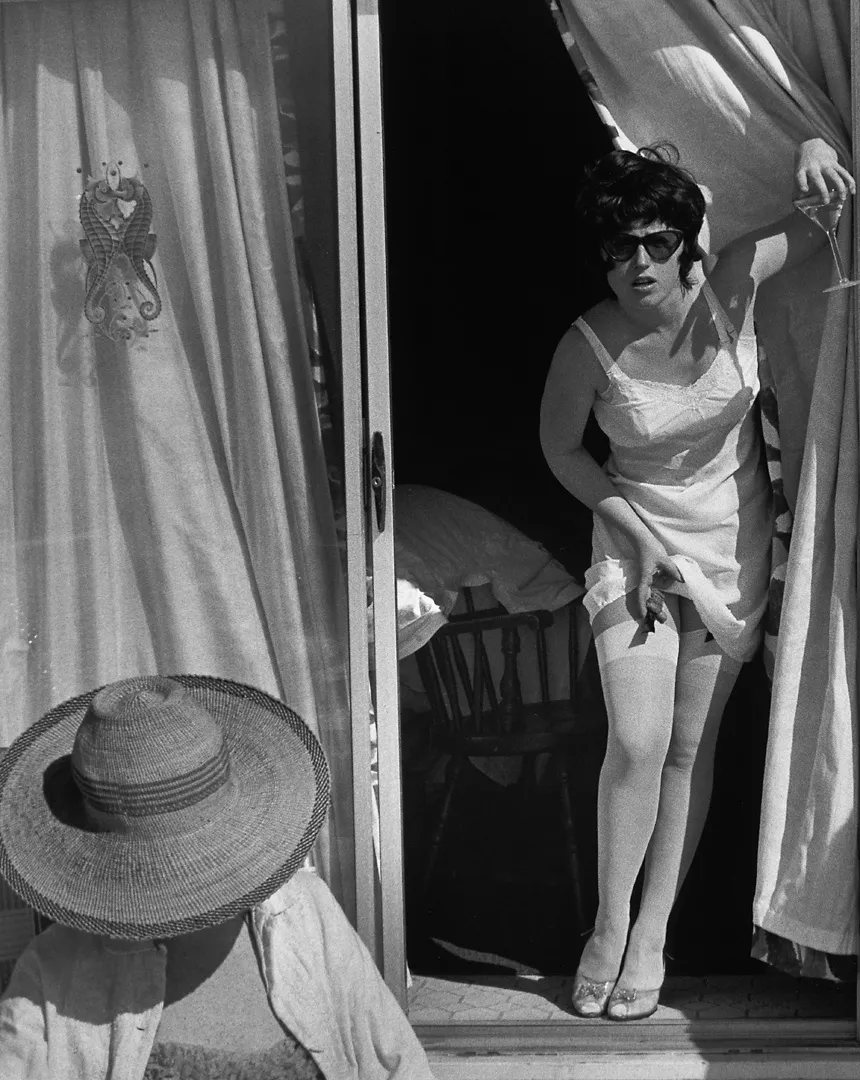 |
"For four decades, Cindy Sherman has probed the construction of identity,
playing with the visual and cultural codes of art, celebrity, gender,
and photography. She is among the most significant artists of the
Pictures Generation ... who came of age in the 1970s and responded to the mass media landscape
surrounding them with both humor and criticism, appropriating images
from advertising, film, television, and magazines for their art." ~ The Broad Museum |
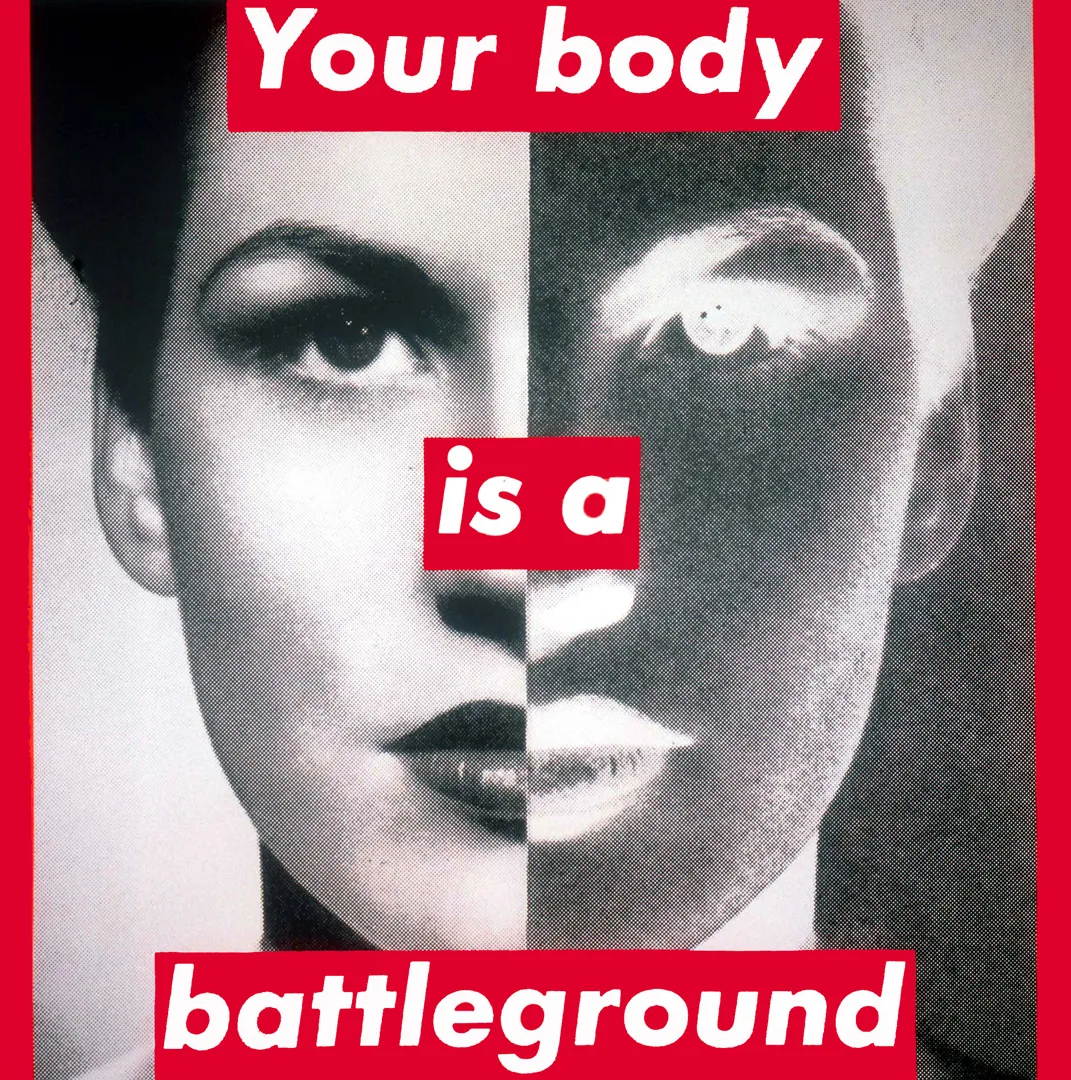
In 1979, Barbara Kruger "developed her signature style using large-scale
black-and-white images overlaid with text. She repurposed found images,
juxtaposing them with short, pithy phrases printed in Futura Bold or
Helvetica Extra Bold typeface in black, white, or red text bars. In
addition to creating text and photographic works, Kruger has produced
video and audio works, written criticism, taught classes, curated
exhibitions, designed products, such as T-shirts and mugs, and developed
public projects, such as billboards, bus wraps, and architectural
interventions." ~ The Broad Museum
(worksheet yet to be attached: 31mar2024)
Okay, so now I've put on some ads from Amazon - from which I may earn a few cents. (2025)

